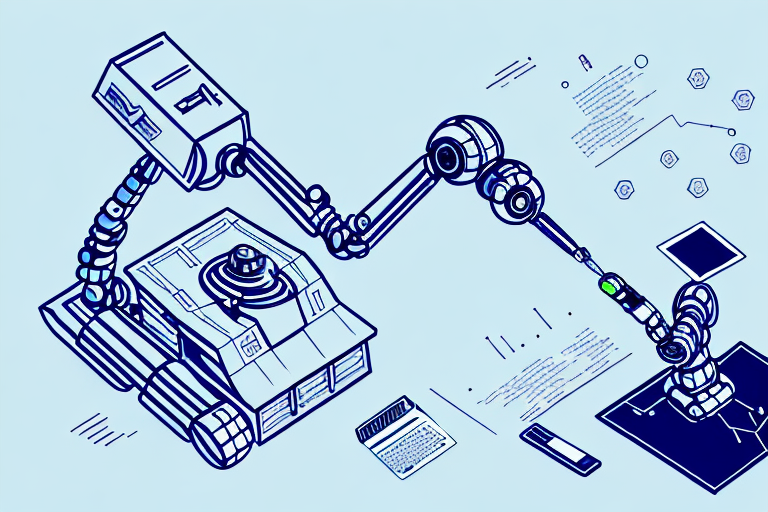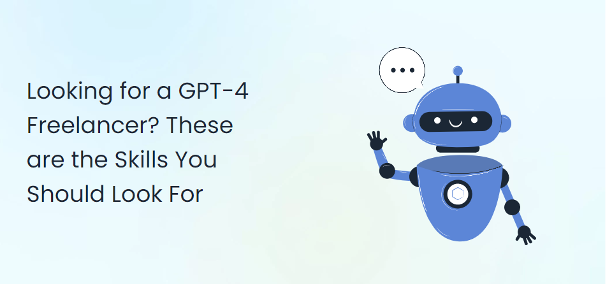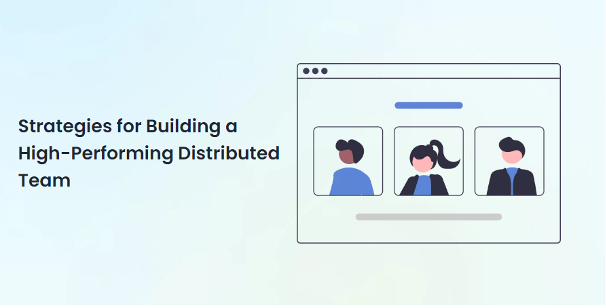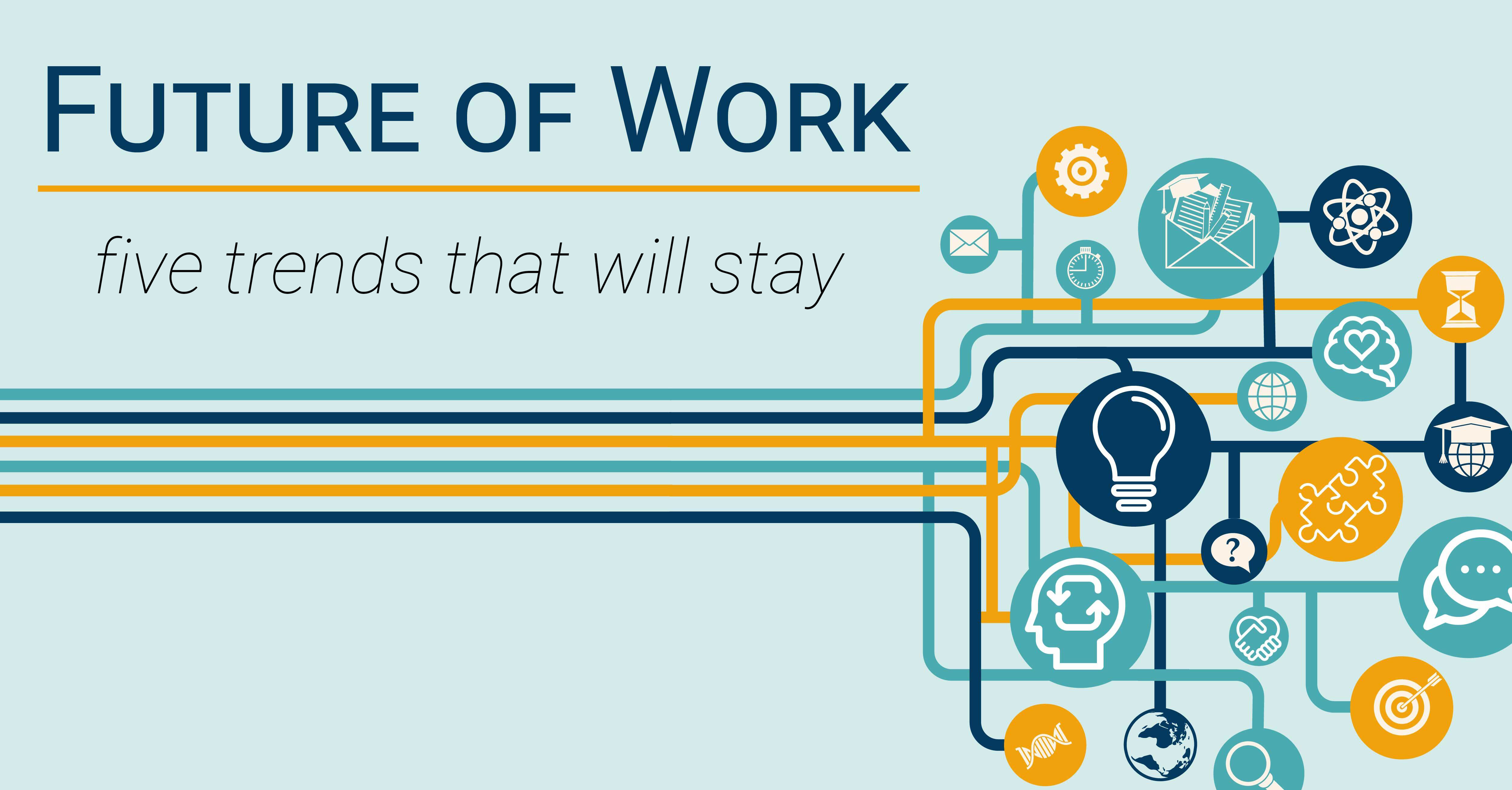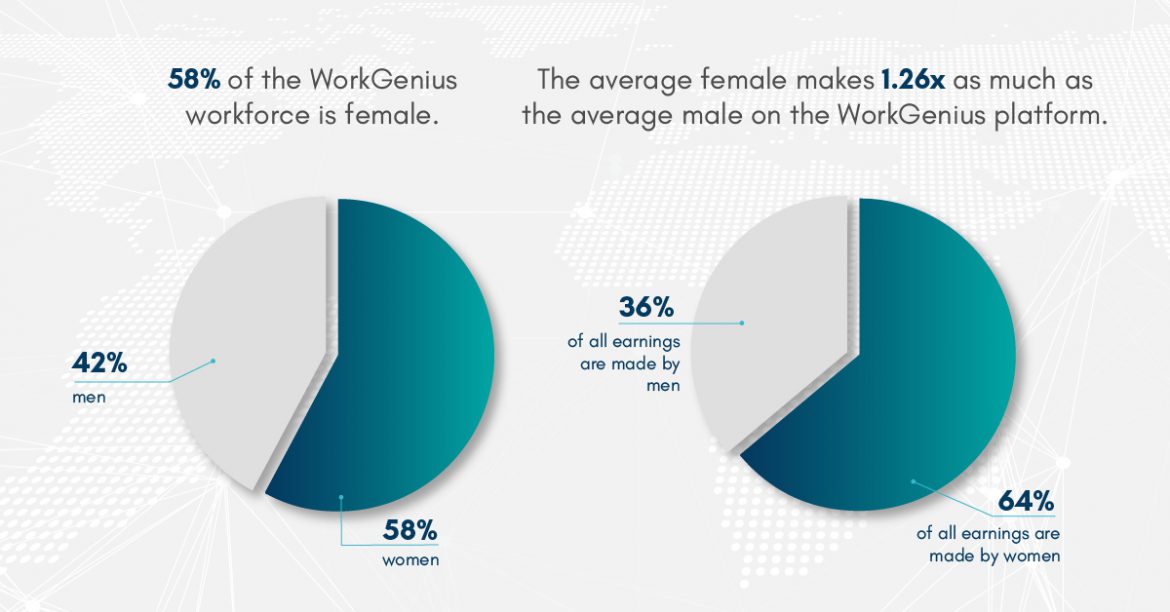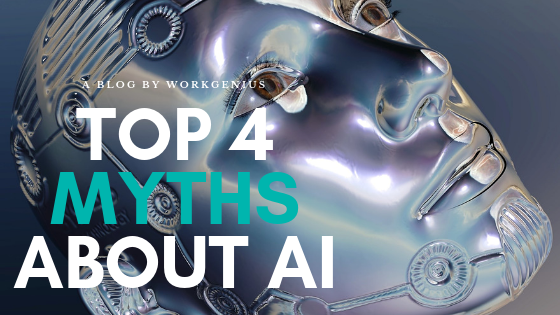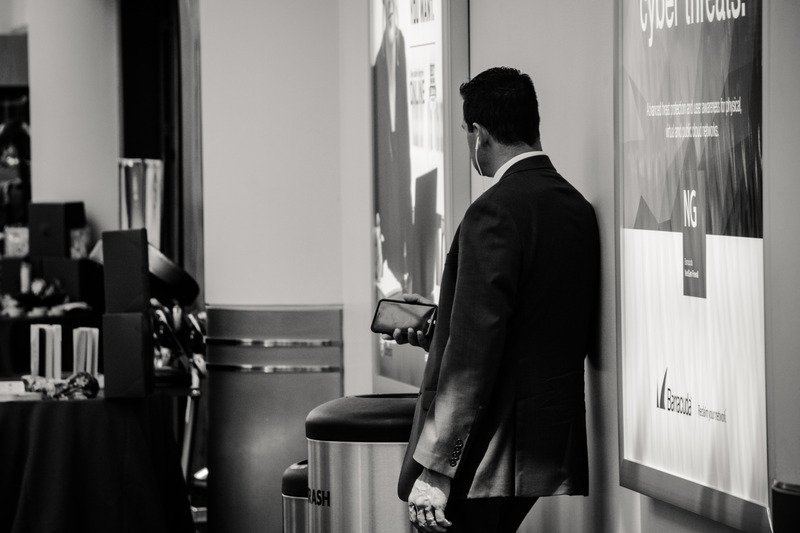The costs of the empty chair next to you: $160bn per year in USA
$160 billion of potential value is not unlocked each year due to unfilled positions. That is a significant amount: $160 billion a year in lost GDP translates to almost $500 extra income per year per citizen in the US. Why do most US companies struggle to fill their vacancies and therefore waste potential productivity?
1 bad hire = ~60 days of lost productivity
The problem of filling positions is manifold. Today, finding the right talent is increasingly difficult. Plus, even if you find the right person for the job, the hiring and onboarding process involves stakeholders across the organization and expenses quickly become astronomical.
Filling the empty chair next to you will likely take more than a month. For engineers and consultants it takes on average 60 days to select a candidate, onboard and eventually fill the position. This means up to 60 days of lost productivity, missed business opportunities and hassle in client relations. Moreover, each new hire in the US effectively costs more than $4,000 and this is only the average across all industries. For positions that require highly skilled or managerial personnel, estimates show that at least 30 percent of the annual salary goes only into refilling the job. For a management position of $80,000/year that means around $27,000 in hiring costs.
Overall, there are two things that need to be considered. First, not filling jobs is a massive waste of potential productivity. Second, actually filling these jobs is extremely expensive. Unless these are balanced properly, businesses stand to miss major opportunities.
For 47% of leaders, bad skills make bad matches
Good hiring is certainly complex. To understand why companies struggle to make great hires, let’s take a look at both sides of the issue – businesses and talent.
Robert Half asked more than 270 business leaders about what makes a bad match for them. Besides poor performance, it is a person’s skill set (47%), unclear expectations (29%), the corporate culture (13%), or personality conflicts (10%). Many focal points that can easily contradict with business interests. Assessing these skill and personal traits is extremely difficult. Not only do nearly half of all job candidates include inaccurate information on their application, but biases and discrimination alter the final HR decision. Talent is out there, but finding the match is a challenge.
61% of Generation Z want to leave their organization
It is no less difficult for the right people to find the right job. With new generations entering the labor market, the notion of the ‘ideal job’ and work changes too. A Deloitte study shows that 43% of Millennials and 61% of Generation Z want to leave their organization within the next two years. Loyalty to organizations is especially low amongst the youngest generation of professionals; thus churn is high. The median employee tenure for 25 to 34 year olds came down from 3.1 years in 2010 to 2.8 years in 2017.
Today, people across the globe are better educated than ever before. There must be enough talent on the planet to match your requirements and has the commitment to work. But what if the perfect candidate is a front-end developer from Deli? Or an SEO expert in Tokyo? Geographic distribution has made collaborating impossible for most organizations.
In today’s world these problems belong to the past. Tackle your hiring challenges with WorkGenius. Our AI will match the right person to the right job. Simple and done in minutes.












